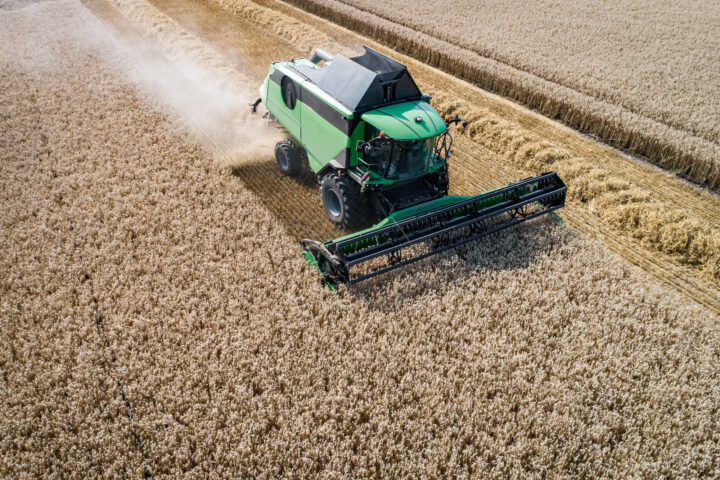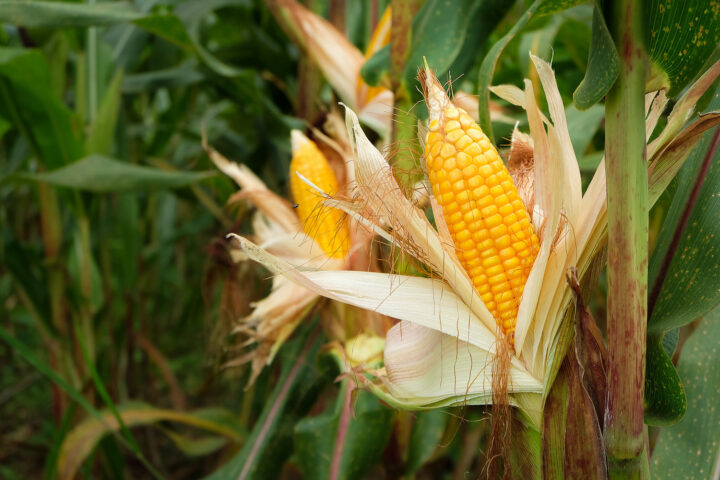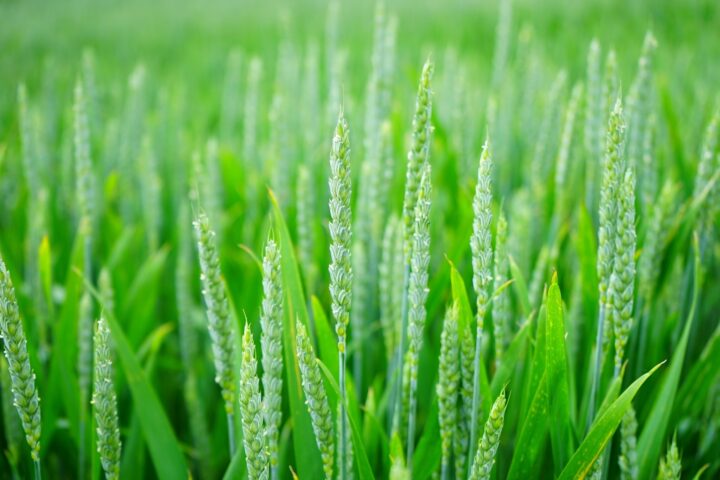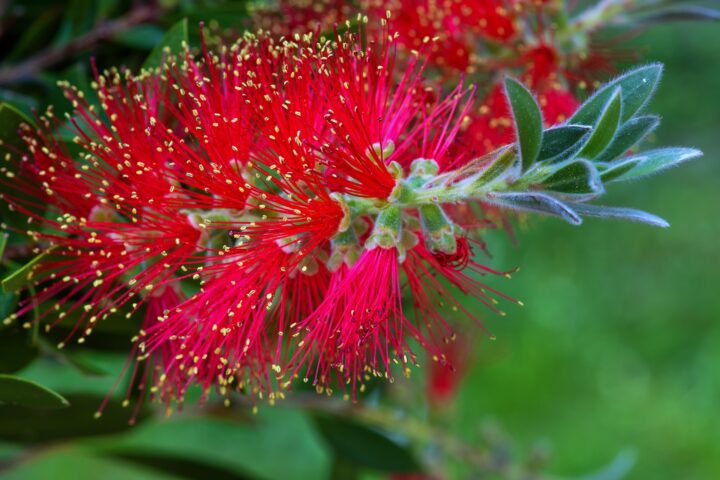Environment

Using Crispr to combat climate change
In the Tages-Anzeiger newspaper, Nobel Prize winner Jennifer Doudna talks about the opportunities and risks of gene scissors. The tool can be used to specifically treat hereditary diseases, breed drought-tolerant plants and reduce greenhouse gas emis-sions from cows.

«Biologicals» – biologically active substances from research
Modern crop protection products must be safe, targeted and short-lived – i.e. degraded shortly after reaching their target – without leaving behind biologically active degradation products.
Content in German

Productive agriculture helps the climate and biodiversity
There is a common belief that organic farming is good for the climate and that it promotes biodiversity. However, this notion is increasingly be proven incorrect.

Insect-resistant SmartStax maize does not harm water fleas
Farmers around the world are growing pest-resistant varieties of maize that contain additional genes that protect them against damage caused by insects.

Seven years of cutting-edge research – with the handbrake on
In its February 5 issue, the “BauernZeitung” newspaper looked at the only facility in Europe where field research involving genetically modified plants can be carried out.

Observing, understanding and improving on nature
Years of work go into developing a new crop protection product. It takes more than 10 years to move from the original idea to the market. In many cases, researchers draw inspiration from nature.

